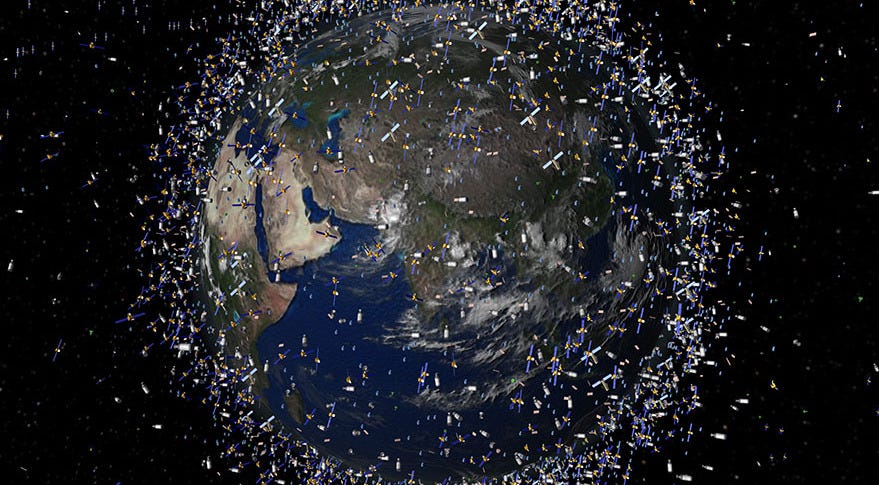We’ve all heard the scary headlines of space debris - in fact the movie Gravity exemplified the potentially catastrophic effects of this problem. Even more recently, the International Space Station was hit with debris in May 2021. Even with ~4,000 active satellites in Earth’s orbit in 2021, there is expected to be a 25x+ growth in the number of satellites by 2030. This is mainly expected to be in the Low Earth Orbit (LEO) regime, and thus keeping space safe is a huge need throughout the next decade.

Although there have been small collisions in space, the largest collision was the Iridium / Roscosmos crash in 2009. This created over 100,000 new pieces of space debris. This might not sound like a lot, but the effect is exponential in nature as more satellites get launched. Donald J. Kessler, a NASA scientist, proposed that if there was enough debris in Earth’s orbit it could be rendered unusable for the foreseeable future — hence the Kessler Syndrome.
To prevent the Kessler Syndrome from becoming a reality, however, there are both public and private companies that are working to provide Space Situational Awareness (SSA) services to satellite owner operators (sometimes also known as Space Traffic Management - STM). The largest and first organization to do so is the United States’ 18th Space Control Squadron (SPCS), housed out of Vandenberg Air Force Base. The 18th SPCS tracks Resident Space Objects (RSOs) through a global sensor network of both radars and telescopes. In fact, if you are interested in their catalogue of objects, you can check them out at a public website called Space-Track.org. The 18th SPCS sends out conjunction data messages (CDMs) which alert parties to potential collisions and satellite owner operators then decide whether they need to maneuver or not. Russia and China have their own versions of the 18th, but these are not very public and restricted to those nations' satellites.
From a commercial perspective, there are a few companies that are taking different approaches to space situational awareness from building their own radars and telescopes (sensing equipment) on Earth to launching cameras in space. Here’s a breakdown of the companies in this space —
Sensor and Software Providers
LeoLabs
Numerica Corporation
ComSpOC
Software and Analytics
Slingshot Aerospace
Kayhan
In-space Providers
Northstar
HEO Robotics
SCOUT
As you can see this area is still under the purview of government entities and the commercial industry is just now starting to be built up from it. In the United States, as the Department of Commerce is brought on to take over civil space operations from the Department of Defense, we expect to see a lot more commercialization in this area.


